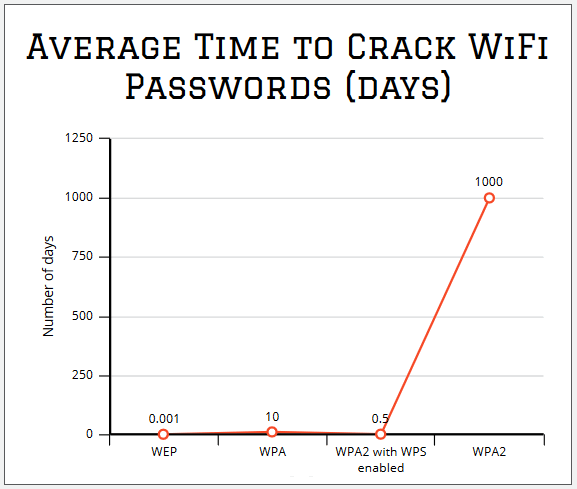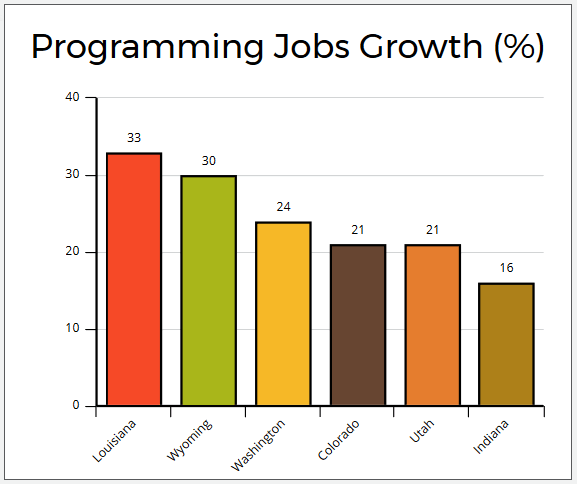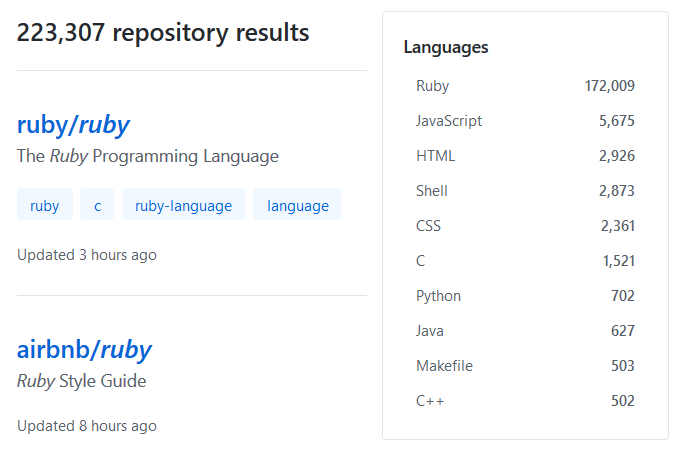How to Become a Wireless Security Expert
So, you think you’ve got what it takes to become a wireless security expert? Many people believe that they’ve got it all figured out, but then they discover that the road success is much more difficult than they thought initially.
This article is just the first one in a (hopefully) long series; don’t worry, I will give you links to some of the best industry books at the end of this content piece.
Most people are eager to set up a Wi-Fi network, and then benefit from their improved Internet browsing experience. And while we can empathize with them, it is important to understand that this approach will lead to many Wi-Fi security holes.
The explanation is simple: even the newest Wi-Fi networking devices don’t come up with tight security settings by default. So, here’s what you should do to significantly boost Wi-Fi security.
- Change the default admin user name and password
Most Wi-Fi networks include a wireless access point – often times, a broadband router. The router protects the data that flows through it by utilizing a user name, which is frequently set to “admin” by default, and a password. Sadly, some router manufacturers don’t allow us to change the admin user name, and this way they are significantly simplifying the hackers’ jobs.
If this is the case with your router, be sure to pick a huge, hard to guess password for it. All manufacturers ship their routers with passwords like “admin” or their company names, and some people don’t change them. It’s your job to make sure that the router uses a strong password and – whenever it is possible – a customized user name, which includes letters and numbers.
- Use the best wireless encryption protocol
All routers support several encryption protocols, including the outdated WEP protocol, which can be rendered useless within minutes. I’ll have to give some credit to the router makers here, though, because most of them will suggest the strongest WPA2 protocol each time we try to set up a new Wi-Fi network.
Still, for some reason, some people continue to use WEP or WPA for their wireless networks. These security protocols are outdated and should be avoided. Take a look at the graph below, which compares the average time it takes to break into a Wi-Fi network, depending on its security protocol.

It is true that some people stick with WPA, for example, because their Wi-Fi clients cannot support the newer WPA2 protocol. In this case, it’s best to tell people to purchase new Wi-Fi devices; otherwise, their network’s security will be quickly compromised.
Also, the graph above shows clearly that WPS, a feature that’s intended to make connecting new devices to the network much easier, significantly diminishes WPA2’s security. So be sure to disable WPS for all the routers you ever come into contact with!
- Change the default network name
I can understand why router manufacturers want to advertise their products by including their company name in the newly created networks. This is why there are lots of “Trendnet XYZ” network names in the entire world, for example. It’s your duty to change these network names to regular names, which don’t give away the router manufacturer (or your) name.
Name a new network “johndoe44”, for example. By doing this, you will make the hackers’ job much more complex.
- Disable SSID broadcast
This is a feature that broadcasts the network name, also known as SSID, periodically. By hiding the network name, you will decrease the likelihood of someone managing to log into the Wi-Fi network without your permission.
There is a drawback, though: some devices – especially the older ones – simply refuse to connect to a Wi-Fi network that doesn’t broadcast its name. So be sure to verify that each device is still connected to the Wi-Fi network, even after you’ve disabled SSID broadcast from within the router’s admin panel.
- Enable MAC address filtering
Each Wi-Fi client has a unique identifier called a “Media Access Control” (MAC) address. Routers are able to keep track of (and communicate with) each client separately because of these MAC addresses.

Most routers are able to filter the clients which are allowed to connect to them, based on their MAC addresses. While the system is not 100% secure, because each MAC address can be cloned, by turning on the address filtering router feature, you will manage to keep some villains at the gates.
- Use additional security software
Just because your router is properly set up, it doesn’t mean that its clients are 100% safe. Be sure to activate your router’s hardware-based firewall, and install at blockers and antiviruses on all the clients, if possible. This way, you will avoid the unpleasant situation of having one or more of the devices turn into digital zombies.
- Shut down the network when it’s not used
It may sound obvious, and yet very few people do it: shut down the router when the Wi-Fi network isn’t used. Do this after hours, for example. If we’re talking about a home network, shut it down whenever you take a vacation with the entire family.
Of course, if you’re only using the wired (Ethernet) part of the network, you can safely disable the Wi-Fi component of your router, and thus make your network immune to any wireless attack.
Until next time, here are a few good books that will help you learn much more about Wi-Fi networks:
How to Become a Programmer
Who doesn’t want to become a software engineer? I’ve been in this business for more than 20 years, and I’ve enjoyed every moment of it. And the pay is quite good, with standard salaries ranging from $60,000-$100,000 per year.
But what does a programmer do, in the first place? In a nutshell, a programmer turns a dream into reality. He or she takes other people’s ideas and concepts, and then writes hundreds, thousands, or tens of thousands of lines of code, which are then transformed into an application that does the requested job.
Most programmers are able to create applications that run on personal computers, tablets, phones, the web, and so on. But their jobs don’t stop here! Once that their programs work, the same programmers are responsible for fixing the bugs and upgrading the software, adding new features to it.
The good news is that programmers are – and have always been - in great demand. The number of programming jobs is constantly increasing; that’s a blessing in comparison with many other industries, which are slowly dying. And it looks like the top 3 US states with the highest job growth in this sector are Louisiana, Wyoming and Washington.

If you want to become a programmer, you’ll have to follows some steps and take some decisions.
Begin by choosing a programming language that’s easy to learn. For many people, Ruby is the first option. The idea is to see if programming is for you (or not). By playing with an easy to understand programming language, you will start to think like a developer. Or, you will understand that programming isn’t for you, and you will consider exploring a different career.

Continue by practicing a lot. Great programmers are people who have learned the programming language basics, and then they have played with code for thousands of hours. There simply isn’t a better method to learn how to code!
If you dislike the idea of coding for (let’s say) ten hours a day, it’s crystal clear to me that you’d do much better by picking a different job. But if you simply love to see some rigid programming instructions being turned into elegant applications that do everything that’s requested from them, put in those 10,000s hours of coding work that are required, according to most programming experts, to become an expert.
Of course, sometimes it will be hard to understand a particular programming concept or code snippet. This is why you need to learn how to (and love to!) read other people’s code. There are thousands and thousands of code examples written by others and posted on the web, and many of them will prove to be extremely valuable for your projects as well.
So, whenever you get stuck, browse through the GitHub repositories and learn from the masters. It’s all 100% free!

Then, find a community of people who are passionate and interested in the same programing language that you intend to use. This way, you will find help whenever you get stuck. From my experience, most programming communities are very friendly. I have met some stiff guys along the way, but they’re definitely a minority in the programming world.
This leads us to the following step: grow your professional network. Join LinkedIn, for example. It’s a social media network that was built for professionals, so it will provide lots of opportunities. Go to related meetups, start a programming blog, and try to become a speaker for small-scale events; all these things will help you get more exposure.
If this sounds like a lot of work, well… it is! It’s much easier to get a regular 9 to 5 job selling groceries at a local store, for example. But if you simply love programming, I bet that you will put in all the required hours, dedication and learn the needed skills.
You don’t have to study programming at the university to get hired by some of the biggest companies in the world. It’s a job that requires hard work, I agree, but it’s one that can make and keep you happy forever.
